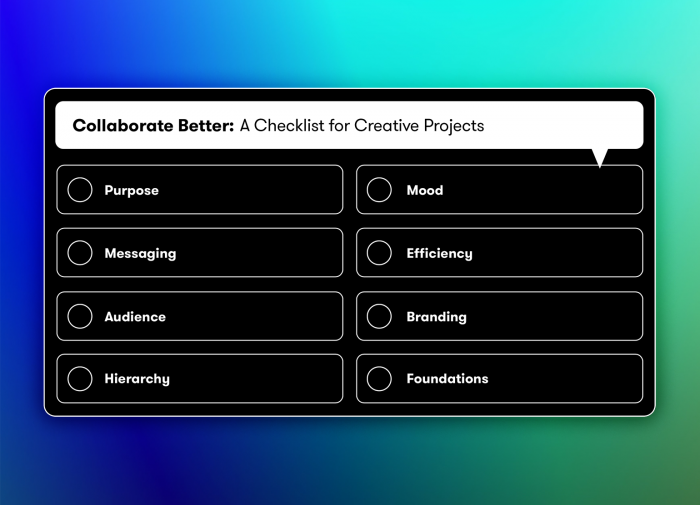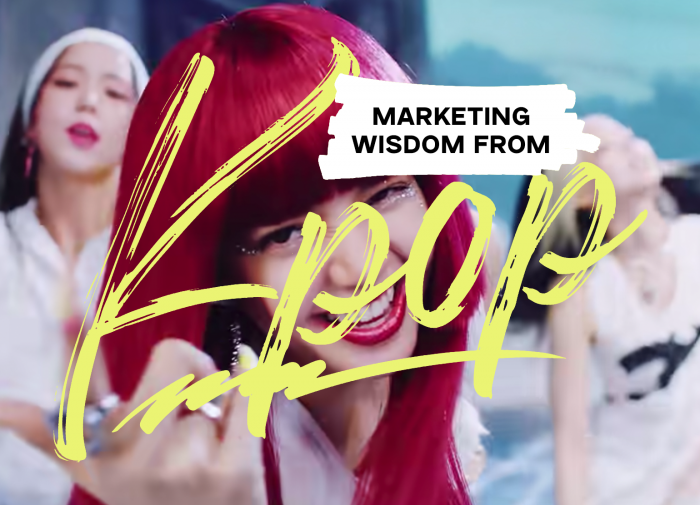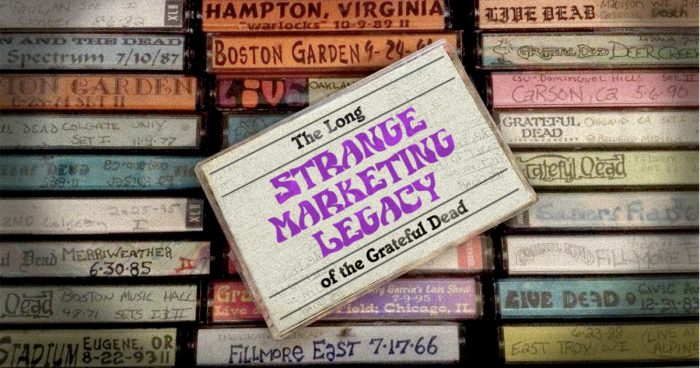In January 1969, The Beatles were under intense pressure. Having scheduled a live performance in just a few weeks—their first since they quit touring in 1966—Paul McCartney, John Lennon, George Harrison, and Ringo Starr needed to produce some new music, fast. And camera crews were hanging around to capture it all in intimate detail.
Peter Jackson’s new documentary, The Beatles: Get Back, captures a group facing its toughest creative challenges yet, but coming out the other side with some of its finest work, all culminating in one last legendary live show.
This eye-opening look at the inner workings of a classic creative collective also yields some powerful insights about teamwork and creative collaboration. Here, we partnered with Alice Carleton, Ceros’ Head of People Potential, to see what we could learn from both the squabbles and the breakthroughs.
Lead, But Don’t Be a Jerk About It
In the twilight of The Beatles’ decade of dominance, the McCartney-Lennon songwriting partnership was a whole lot more McCartney than Lennon. As the latter retreated creatively from recording sessions, McCartney became a more forceful presence, frequently dominating rehearsals with his recommendations. Often, he’d outright tell the other members how their parts should be played.
Now, Paul’s a musical genius, so his suggestions usually contributed to iconic final products. But, musical brilliance aside, Paul McCartney doesn’t make a great manager of people. The cost of his domineering was considerable, as it was one reason that George Harrison temporarily left the band. He didn’t give much space for his collaborators, namely Harrison, to explore their own visions—visions that were brilliant in their own right.
The Takeaway: Don’t let the certainty of your vision ruin a good thing. Trust in your collaborators and give them space to take creative risks. Make room for different points of view and styles of communication.
When in Doubt, Change Up the Scenery
Early sessions in Get Back seemed, quite frankly, like a slog for the group. New song ideas were hard to come by, and rehearsals for existing songs weren’t as sharp as they could’ve been. Harrison appeared to be the most dissatisfied.
He hated where they were recording, for one. Twickenham Studios, a sound stage at which Ringo was filming a movie right afterwards, didn’t feel right, and as a condition of his return to the band, he requested a move to Apple Records, the band’s office in London’s West End. Though a bit of a logistical nightmare, Apple yields far more fruitful (heh) sessions than those at Twickenham. The group is sharper, more nimble, and more communicative, proving that sometimes, a little change of scenery can go a long way.
The Takeaway: If things are feeling stale and uninspired, switch it up! Work from a new location, move on to a different segment of the project, share feedback in a new format.
Embrace New Blood
There’s another notable pivot point in the sessions when The Beatles ask Billy Preston, a keyboardist from Little Richard’s backing band, to sit in with them. Harrison felt like an external presence might help hold the band accountable—and that’s exactly what happened. In addition to bringing the best out of the bandmates, Preston himself made outsized impacts on both Let It Be and Abbey Road. He played electric piano on a number of tracks, even contributing a memorable solo on “Get Back,” and he was right there playing along at the band’s memorable rooftop showcase.
The Takeaway: Gathering input from diverse perspectives is not only a good practice—the impact can be significant. Share your ideas, questions, and findings with other influential members of your community. Welcome their insights, even if (especially if) those insights call your point of view into question.
It’s Supposed to Be Fun, Dammit!
If you think watching eight hours of The Beatles’ creative process was exhausting, imagine participating in it… for three weeks! Each day, the band would rehearse the same few songs dozens of times until each version was absolutely perfect (to the specifications of the perfectionist McCartney). To keep things light, the band would occasionally goof off, giving everyone involved some much-needed comic relief.
In one session, Paul and John perform “Two of Us” with exaggerated accents. In another, they rehearse it without breaking cartoonish smiles, singing the lyrics like ventriloquists. Even if it doesn’t look like those silly moments are helping the band get to the final product, they’re building the chemistry and trust that make The Beatles so special.
The Takeaway: Remember to play and laugh. Moments of levity help relieve tension and deepen a group’s bond.
I Me Mine
It might seem like we’re harping on insights gleaned from George, but the spiritual, soft-spoken guitarist had much to share in Jackson’s documentary. Harrison had well-known interests in Hinduism and Indian culture that influenced both his songwriting and his personal attitudes. The banishment of ego played a significant role in his later years.
One enlightening scene from the doc shows Harrison broaching the subject of a solo album to Lennon; he felt he’d written enough songs to constitute an entire project. George is a special example of trusting your gut, and refusing to compare yourself to those around you. While he recognized the genius in his bandmates, he also felt confident enough in his own work to pursue a more personal project. In November 1970, nearly two years after the “Get Back” sessions and a little over a year after the breakup of the band, George released his solo debut, All Things Must Pass, which became the most successful solo project from any post-Beatle career.
The Takeaway: Trust yourself and your abilities. Tinkering with passion projects on the side gives you the chance to take risks, build confidence, and find your voice.



